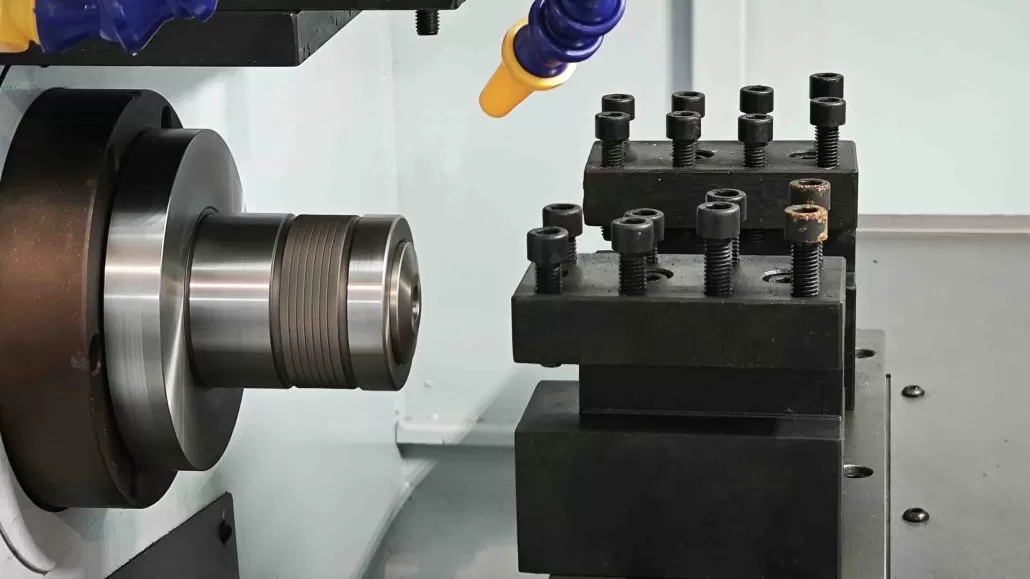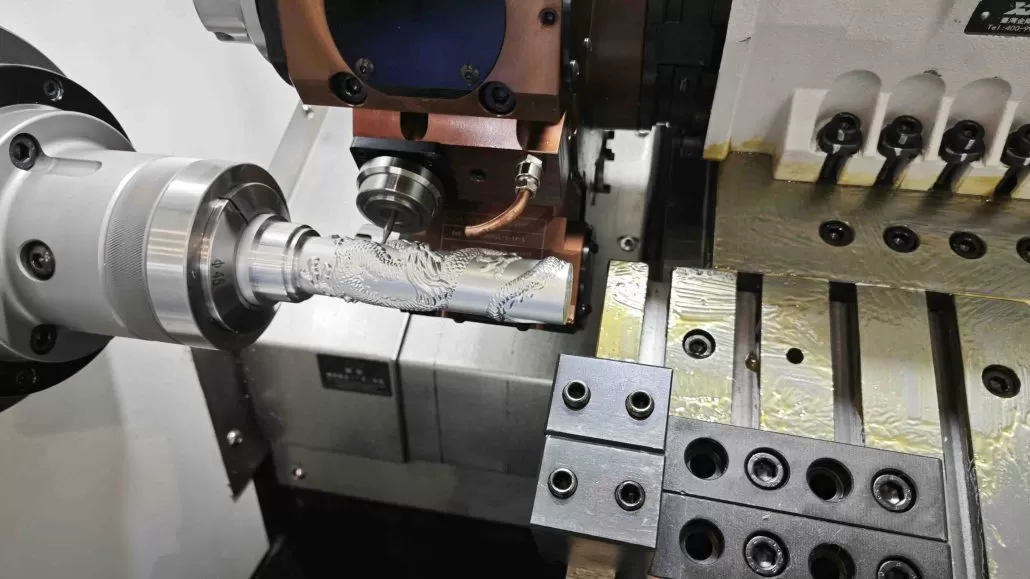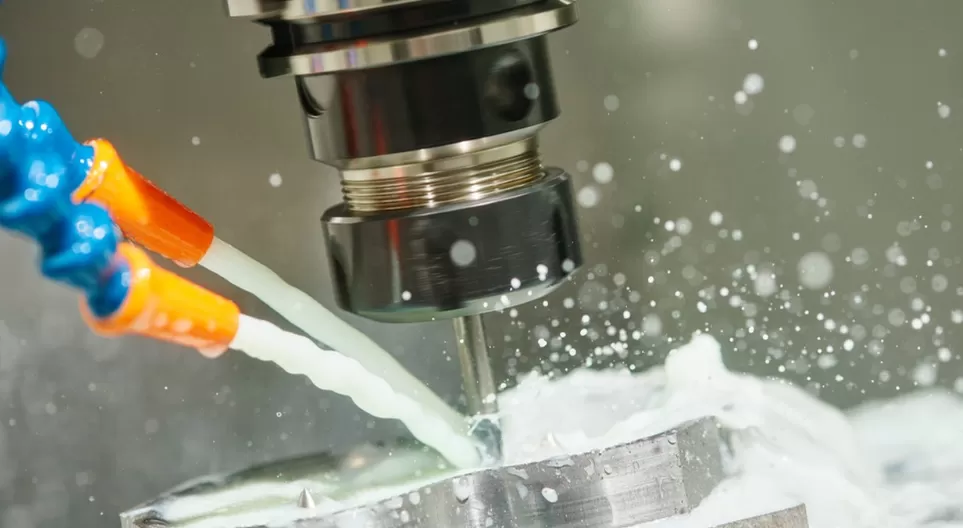This article discusses the impact of material fatigue on the quality and lifespan of machined parts in CNC machining. We will explore the properties of material fatigue in CNC, including stress concentration, surface finish, material properties, and operating conditions. To minimize the impact of material fatigue in CNC, it is important to select the right material, optimize operating conditions, and carefully consider the design and surface finish of machined parts.
What are the properties of the material fatigue in CNC?
Material fatigue refers to the weakening and eventual failure of a material due to repeated stress cycles. In CNC (Computer Numerical Control) machining, material fatigue can have a significant impact on the quality and lifespan of CNC machined parts.

The properties of material fatigue in CNC include:
Stress concentration
CNC machining involves the use of cutting tools that apply stress to the material being machined. This stress can create areas of concentrated stress, which can lead to cracks or fractures over time. Stress concentration can be caused by surface irregularities, sharp corners, and abrupt changes in geometry. These stress concentrations can act as the starting points for fatigue cracks, which can grow and eventually lead to part failure.
Surface finish
The surface finish of a machined part can also affect its fatigue properties. A rough surface finish can create stress concentration points, while a smooth surface can distribute stress more evenly. Surface roughness can be caused by tool marks, chatter, and vibration during machining. A smooth surface can reduce the risk of fatigue failure by reducing the number of stress concentration points.
Material properties
The properties of the material being machined can also affect its fatigue behavior. For example, materials with high ductility and toughness are less prone to fatigue failure than brittle materials. The fatigue strength of a material can be affected by properties such as hardness, microstructure, and grain size. These properties can affect the initiation and propagation of fatigue cracks.
Operating conditions
The operating conditions of the CNC machine, such as cutting speed, feed rate, and coolant usage, can also affect material fatigue. Improper operating conditions can lead to increased stress and fatigue. For example, high cutting speeds can generate high temperatures, which can affect the microstructure and mechanical properties of the material being machined. Proper cooling and lubrication can help to reduce the risk of fatigue failure.
To minimize the impact of material fatigue in CNC, it is important to select the right material, optimize operating conditions, and carefully consider the design and surface finish of machined parts. Regular inspection and maintenance of CNC machines can also help to detect and prevent fatigue-related issues before they result in failure. Proper training of operators and maintenance personnel can also help to ensure that CNC machines are operated and maintained correctly.

What Causes Fatigue in CNC Materials?
Fatigue is a common issue in CNC materials. It is the progressive and localized structural damage that occurs when an object is subjected to cyclic loading. This type of damage can be caused by a variety of factors, such as:
1. Cyclical Loading
CNC materials are often subjected to cyclical loading, which can cause cracks and other types of damage over time. The repeated stress on the material weakens the structure and can lead to fatigue failure.
2. Material Defects
Defects in the material, such as inclusions, voids, and cracks, can act as stress risers and cause fatigue failure. These defects can be introduced during the manufacturing process or can occur during use.
3. Environmental Factors
Environmental factors such as temperature, humidity, and exposure to corrosive substances can also contribute to fatigue failure. These factors can cause changes in the material properties and accelerate the fatigue process.
4. Design Issues
Design issues such as sharp corners, stress concentrations, and inadequate fillets can also contribute to fatigue failure. These issues can cause localized stress and premature failure.
In conclusion, fatigue in CNC materials can be caused by a combination of factors such as cyclical loading, material defects, environmental factors, and design issues. Understanding and addressing these factors is important in preventing fatigue failure and ensuring the longevity and reliability of CNC materials.

FAQ
Material fatigue refers to the weakening and eventual failure of a material due to repeated stress cycles. In CNC machining, this can occur due to the use of cutting tools that apply stress to the material being machined.
To minimize material fatigue in CNC, it is important to select the right material, optimize operating conditions, and carefully consider the design and surface finish of machined parts. Regular inspection and maintenance of CNC machines can also help to detect and prevent fatigue-related issues before they result in failure.
Surface finish can affect material fatigue in CNC by creating stress concentration points. A rough surface finish can create more stress concentration points, while a smooth surface can distribute stress more evenly.


